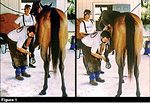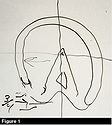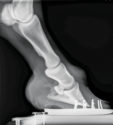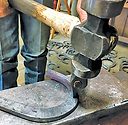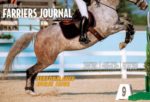Advertise Follow Us
American Farriers Journal
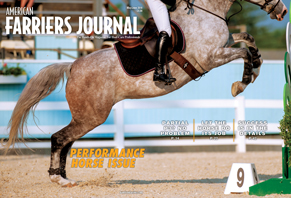
View Archived Issues
May/June 2018
Volume: 44
Edition: 4
American Farriers Journal is the “hands-on” magazine for professional farriers, equine veterinarians and horse care product and service buyers.
-
Table Of Contents
Table Of Contents
“Miracle” Horse Competitively Jumps Despite Missing Part of Coffin Bone
New Jersey farrier creates shoeing package that keeps warmblood in the show ringRead MoreShoeing For A LivingStaying Out of the Horse’s Way
Texas farrier Mike Chance finds successfully shoeing the Western Pleasure horse comes from treating it like an individual.Read MoreNo Bells And Whistles, Just Keep It Simple
Kentucky farrier eases heel problems and keeps performance horses in the show ringRead MoreLooking For Lameness During A Pre-Purchase Exam
Ohio vet and farrier corrects asymmetrical gaits with wireless sensorsRead MoreAre You Proactive Or Reactive With Performance Horses?
The key to successfully providing hoof care for the performance horse rests with your ability to be proactive for the horse’s individual needsRead MoreHelping Sport Horses Compete Through Suspensory Injuries
Knowing how to do these modifications has become more necessary as suspensory issues have become more prevalent with sport horsesRead MoreUnderstand When to Use Direct and Indirect Glue-On Shoes
Horses with compromised hoof wall and sole benefit the most from the applicationsRead MoreAn Overview Of Equine Canker
This article provides a summary view of the diagnosis and treatment of this foot diseaseRead MoreThe Key to Soundness is in the Heels
Providing appropriate caudal support helps keep racehorses on the trackRead MoreClub Foot or Upright Foot? It’s All About the Angles
Proper diagnosis is important to determine a maintenance planRead MoreRemembering Danny Ward
Danny Ward Remembering Hoof-care industry memorializes the Hall Of Fame farrier’s profound influenceRead MoreFullering to Perfection
A few recommendations can help you efficiently crease handmade shoesRead MoreResearch Journal: May/June 2018
The information, ideas and opinions expressed are those of the author and do not necessarily represent those of the United States Department of Agriculture.Read More -
Featured Articles
Featured Articles
“Miracle” Horse Competitively Jumps Despite Missing Part of Coffin Bone
New Jersey farrier creates shoeing package that keeps warmblood in the show ringRead MoreShoeing For A LivingStaying Out of the Horse’s Way
Texas farrier Mike Chance finds successfully shoeing the Western Pleasure horse comes from treating it like an individual.Read MoreAre You Proactive Or Reactive With Performance Horses?
The key to successfully providing hoof care for the performance horse rests with your ability to be proactive for the horse’s individual needsRead More - Digital Edition
-
Online Extras
Online Extras






